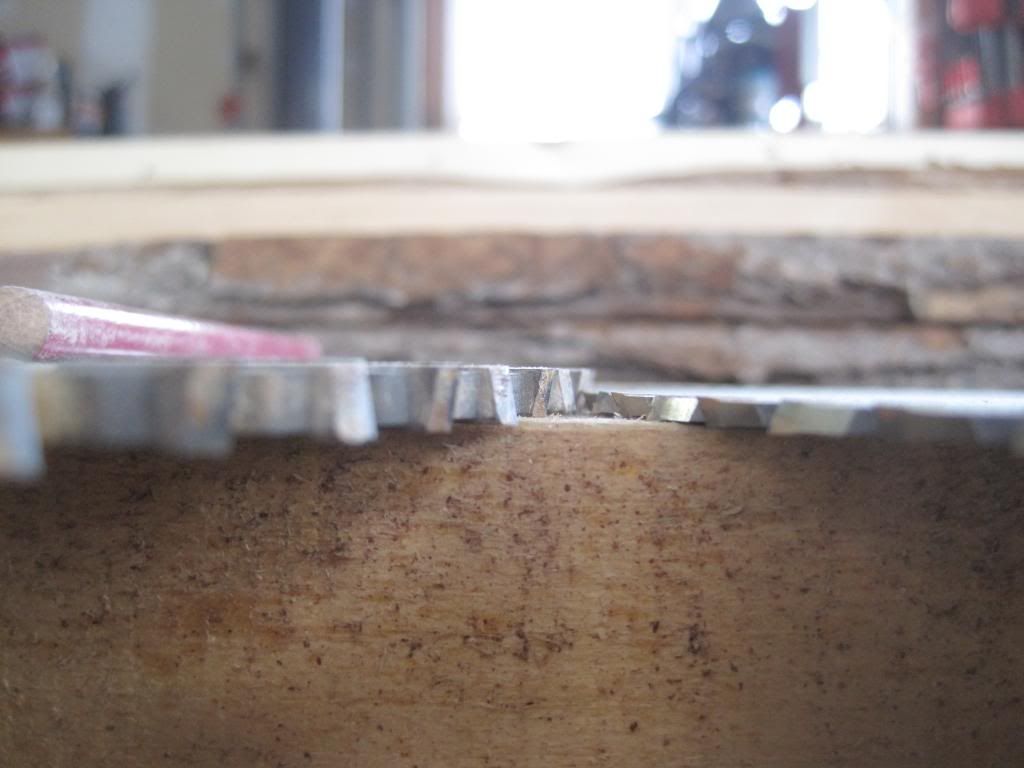With all else being equal, wouldn't smaller diameter blades show less saw kerfs in a cut? Seems like the larger the diameter the more runout and vibration, would this be true in most cases?
I'm considering ordering a 10" blade instead of a 12" blade for my DeWalt GP Radial. The saw has PLENTY of power to use the 12" blade but I'm guessing I'd have a cleaner cut with a smaller diameter.




 Reply With Quote
Reply With Quote








